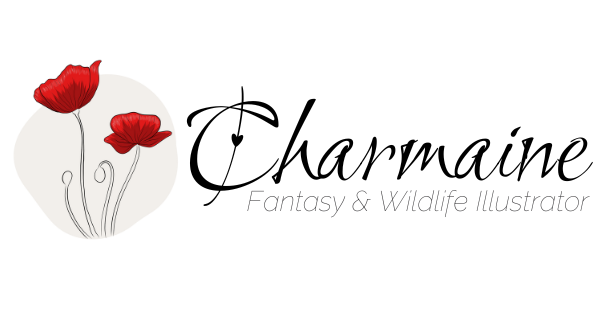Why Your Sketches Don’t Have to Be Perfect (and Why That’s a Good Thing)
Have you ever hesitated to draw because you were afraid it wouldn’t look “good enough”? Maybe you’ve flipped through your sketchbook and cringed at old pages, or even avoided opening it at all.
Here’s the truth: your sketchbook isn’t supposed to be perfect - and that’s exactly what makes it powerful.
I used to own a sketchbook that, at the time, was very expensive for my budget.
The paper was thicker and smoother than anything I had used before, the cover was softer, and every page felt like it needed a masterpiece. So instead of drawing, I avoided it. I told myself I’d use it when I was “ready” or when my skills improved.
It sat untouched on my shelf for over a year.
Eventually, I gave up and scribbled the worst dragon I had ever drawn on the first page. And once that first drawing was down, everything changed. That sketchbook became a space for exploration - not pressure. I drew things that didn’t make sense. I experimented. I messed up a lot. But I learned a lot more than I ever did staring at blank pages, waiting for perfection.
And you know what, the things I drew in that book are not half bad.
Perfection Isn’t the Point
Many of us were taught to value neatness, precision, and polished results. But when it comes to drawing, especially in your sketchbook, that mindset can do more harm than good. A sketchbook should be your creative playground—not a gallery.
Let’s break that down.
1. Sketchbook Freedom Is Where Growth Lives
Your sketchbook is the one place where you can experiment freely, make mistakes, and draw without judgment. It’s your space. No rules, no grades, no pressure. When you give yourself permission to draw messily, quickly, or even "badly," you’re actually inviting creativity to show up more often.
Takeaway: Treat your sketchbook like a sandbox, not a stage. Freedom to play leads to breakthroughs.
2. Progress Matters More Than Polish
We often look at finished art on social media and compare it to our in-progress sketches. But comparison kills creativity. What we don’t see are the hundreds of messy, half-finished attempts those artists made along the way.
Each “imperfect” sketch is a stepping stone toward growth. You don’t need polish—you need mileage.
Takeaway: Quantity leads to quality. Every rough sketch builds your skills more than a perfect one ever could.
3. Messy Drawing = Powerful Learning
Learning to draw isn’t about getting it “right” on the first try. It’s about observing, experimenting, and figuring things out on the page. When you sketch freely, you’re developing visual problem-solving skills. You’re learning how to see, not just how to render.
Messiness is part of the process. It's how you figure out what works—and what doesn’t.
Takeaway: Embrace the mess. That’s where real artistic insight comes from.
Summary: Let Go and Keep Drawing
Your sketches don’t have to be perfect to be valuable. In fact, the less pressure you put on each drawing, the more you’ll learn, grow, and enjoy the process.
✨ Your sketchbook is your creative gym, not an exhibition.
✨ Progress beats perfection every time.
✨ Messy means you’re doing the work that matters.
Take Action
Take five minutes today and fill one page with quick, loose sketches. Don’t erase. Don’t judge. Just draw. Share a photo inside our member group and tell us what surprised you about the process—you might be amazed at what shows up when perfection isn’t the goal.
Until next time, happy drawing!
